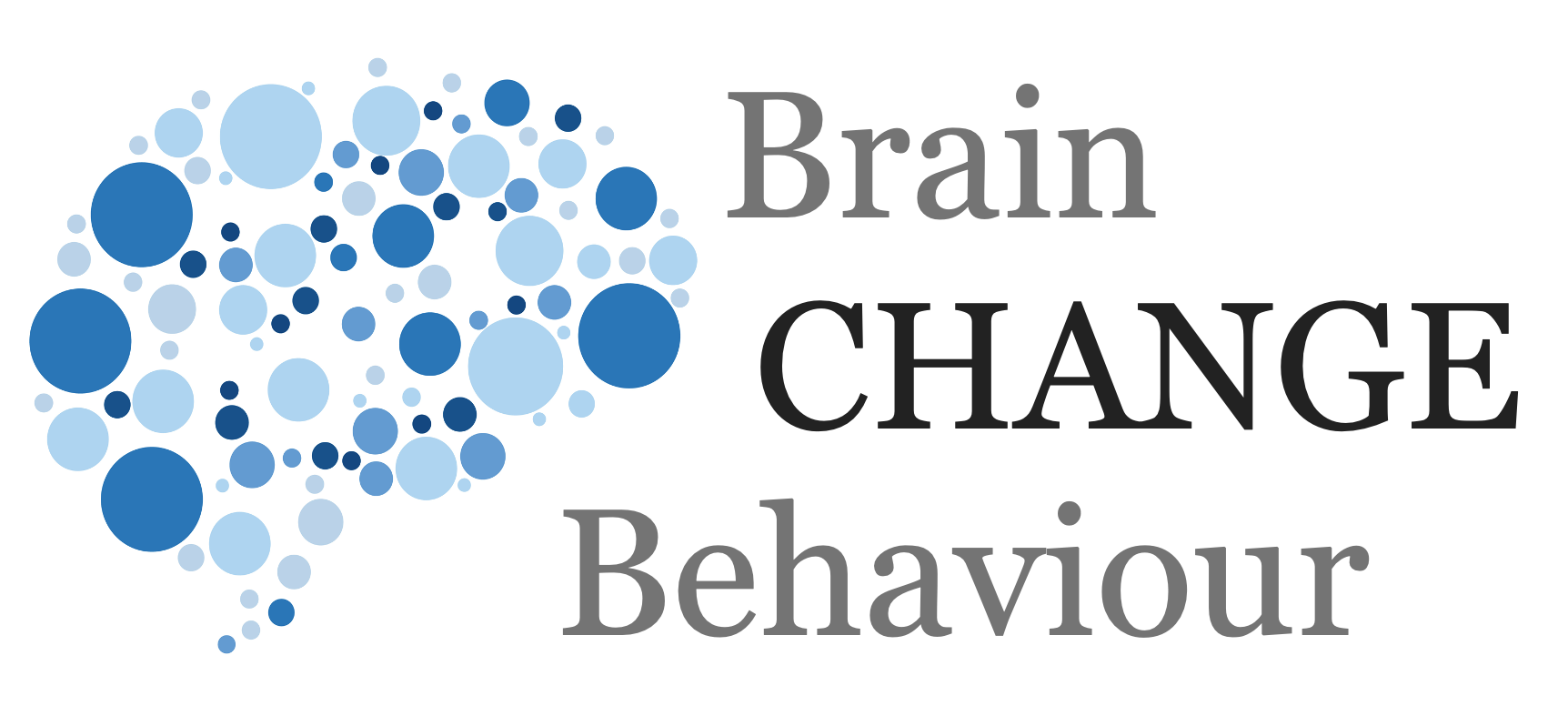Article
SCOAP Framework
See also: SCOAP Introduction SCOAP Needs SCOAP Motivation SCOAP Behaviour SCOAP Change

A s you will have seen with SCOAP, this gives a comprehensive model of human needs, motivation, and behaviour. We can therefore use this to guide behavioural change interventions. And in doing this we need to consider what can be changed and what is unlikely to, or will not, change.
Antecedents
Antecedents are all the things that precede behaviour although some of them may be classed as falling into the behaviour category because they are focused on behaviour, or happen at the same time.
In SCOAP Behaviour we spoke about evolutionary or behavioural levels:
Reflexes & instincts: these we consider primal traits and so seem to be deeply embedded within our selves. This includes personality traits such as emotional sensitivity which some research has shown to be resistant to change. Therefore with reflexes and instincts they need to be managed rather than changed. In the case of emotional sensitivity it may mean using techniques to stay calm, in the case of hunger for sweet things it may mean avoiding sweet food or changing the environment so no sweet food is available.
Summary: resistant to change, manage through techniques and changing the environment.
Learnt reflexes: learnt reflexes are learnt so the theory goes they should be able to be unlearnt. However, this will depend on multiple factors. How long has this been learnt? How often is it used? Is it related to other reflexes or SCOAP needs? How does the environment contribute to the behaviour? Sports training is a field that aims to change and improve learnt reflexes and this gives us some insight into how much can change. With consistent practice we can change a habit but some may remain persistent, and personal, reflexes.
Summary: can be changed, generally, but require consistent and persistent engagement
Note that deeply engrained habits tend to be automatic fallback options in times of stress and strain, or when cognitive resources are used up e.g. when fatigued.
Mindset: change our mindset is often a mantra repeated by leaders and motivational speakers. The fundamental problem is that a mindset consists of multiple factors – or rather it is a collection of implicit beliefs, combined with personal drives, and experiences to give a way of interacting with the world. Consider the two motivational directions of Approach and Protect. These tend to be primal traits of human beings meaning they are difficult to change. Therefore to change a mindset we will need to break it down and understand what needs to change and then plan this.
Summary: can be changed in some of a population group but rarely in large portions of a population. Generally requires long-term commitment focusing on different aspects. Use SCOAP to analyse different aspects. Powerful emotional events can change some mindsets instantaneously.
Context: the context we are in guides our behaviours in many clear and subtle ways. Consider driving a car and how the roads and signs influence what we do, or how business processes guide our behaviour, or how supermarkets are laid out to guide us in certain directions. Changing contexts is known to cause immediate change though care must be taken because the direction this change can take can be negative and unintended.
Summary: changing the context is an effective way of changing behaviours but beware of unintended consequences.
Behaviour
Just do it is the famous tagline of a certain sportswear brand. And indeed this is good advice. Sometimes it may be better to just do it rather than focus too much on antecedents and consequences. In many areas in life we actually apply this model by ourselves or often with input from others. This can be our superiors, trainers, experts, friends, or family. In many areas in life this is also a successful approach. It is only when it is important and we are unsuccessful that we resort to other methods or feel frustration.
Of note is that just doing it may even be more powerful than we think – in this blog post I report on some research showing that starting right away is often the best approach to starting a new positive habit.
However, this will be limited by multiple factors, such as ease of doing the new behaviour, blocks to this, effort required, the pull of old habits, comfort, or discomfort, and success.
We can also measure the potential of success as to whether, or how it will affect SCOAP. If it will increase a SCOAP need, or multiple needs, it will have high chances of success, if it decreases a SCOAP need it will have low chances of success.
Summary: many behaviours can be changed by…simply changing them. Always try this approach first as it is the easiest and cheapest method. You can predict potential impact by using the SCOAP model.
Consequences
Consequences normally refers to various reward and punishment systems. The first rewards we should think about are our own natural rewards. The brain and body has a reward system and this leaves us feeling good – in many different ways. Being complemented, for example feels good. The reward, and pain, system is directly linked to SCOAP needs. This is the underlying science behind the SCOAP model – SCOAP needs promote positive feelings when fulfilled, and negative feelings when unfulfilled. Therefore we can consider these emotional rewards as the natural consequence system of human beings.
In society and business these emotional systems are also used, often implicitly, but they are complemented or sometimes replaced by structured and formalised reward and punishment systems. These therefore guide behaviour, and are designed to guide behaviour in certain directions. In business if a behaviour is likely to generate a higher bonus or chance of promotion, then this behaviour will likely become common. Similarly, if a behaviour will be punished or reprimanded then this is likely to become less common.
These reward and punishment systems sometimes misalign with wished for behaviours or, alternatively, are inconsistently and badly implemented.
There is also a risk of unintended consequences with reward and punishment systems: people may feel unfairly treated or it can promote resentment.
Summary: reward systems can be split into emotional reward systems and formalised reward (and punishment) systems. These will change behaviour on average. But they must be well thought through to avoid unintended consequences, and be consistently and fairly applied. Always first focus on emotional reward (through SCOAP needs).
Summary
-
- Focus on simply changing behaviours first
- Change that increases SCOAP will be easy
- Change that decreases or threatens SCOAP will be difficult
- Some reflexes and instincts (including certain personality traits) are very hard to change
- Learnt reflexes (habits) can be changed but need consistent and persistent engagement
- Focus on emotional rewards (through SCOAP) first
- Use or develop suitable and well-thought-through reward and punishment systems
- Align general reward and punishment systems
- Use SCOAP to design processes (S – value the person / C – give control and autonomy / O – give orientation / A – build relationships / P – be pleasurable or fun)
Simple Takeaways
- Focus on behaviours first
- Know what can be changed – resonably
- Define and anaylse with SCOAP
- Create emotional reward systems first
- Create structured and aligned reward systems
© leading brains 2022
References
Habermacher, A., Ghadiri, A., and Peters, T. (2020). Describing the elephant: a foundational model of human needs, motivation, behaviour, and wellbeing. doi:10.31234/osf.io/dkbqa.
Ghadiri, A., Habermacher, A., and Peters, T. (2012). Neuroleadership – A Journey Through The Brain for Business Leaders. Berlin: Springer.
Elliot, A. J., and Covington, M. V. (2001). Approach and Avoidance Motivation. Educ. Psychol. Rev. 13, 73–92.
Habermacher, A., Ghadiri, A., and Peters, T. (2015). When Protection Inhibits Achievement: and the surprising truth of protection and achievement motivational patterns. in 5th International Coaching Psychology Congress (London, United Kingdom).
Habermacher, A., Ghadiri, A., and Peters, T. (2014). The Neuroscience of Motivation: how basic human needs and motivation direct coaching interventions. in SGCP 4th International Congress of Coaching Psychology (London, United Kingdom), Oral Presentation.
Vansteenkiste, M., Lens, W., and Deci, E. L. (2006). Intrinsic Versus Extrinsic Goal Contents in Self-Determination Theory: Another Look at the Quality of Academic Motivation. Educ. Psychol. 41, 19–31.
Vallerand, R. J. (2000). Deci and Ryan’s Self-Determination theory: A View From the Hierarchical Model of Intrinsic and Extrinsic Motivation. Psychol. Inq. 11, p312, 7p.
Gagné, M., and Deci, E. L. (2005). Self-determination theory and work motivation. J. Organ. Behav. 26, 331–362.
Motivation and Self-Regulation across the Life Span (1998). Cambridge University Press doi:10.1017/cbo9780511527869.
Lee, W., and Reeve, J. (2017). Identifying the neural substrates of intrinsic motivation during task performance. Cogn. Affect. Behav. Neurosci. 17. doi:10.3758/s13415-017-0524-x.
More Articles
The supply side of scaling
There are a number of problems with the supply side – being able to supply the resources and competencies to drive change.
Unintended consequences and negative spillovers
We all know that any change – well, obviously, changes something. But this also means there will be various knock-on effects
Representativeness of the Situation
“You had to be there” is an expression that says you had to be in a particular situation, in that particular vibe, to fully understand a situation.
Representativeness of the Population
When we get a good idea, we may know it is a good thing. And because we know it is a good thing we may then falsely assume – without really thinking this through – that everybody thinks this is a good thing.
False Positives – The inference problem
A false positive has become better-known to the general public during the pandemic and with COVID-19 testing particularly with home based quick tests.





